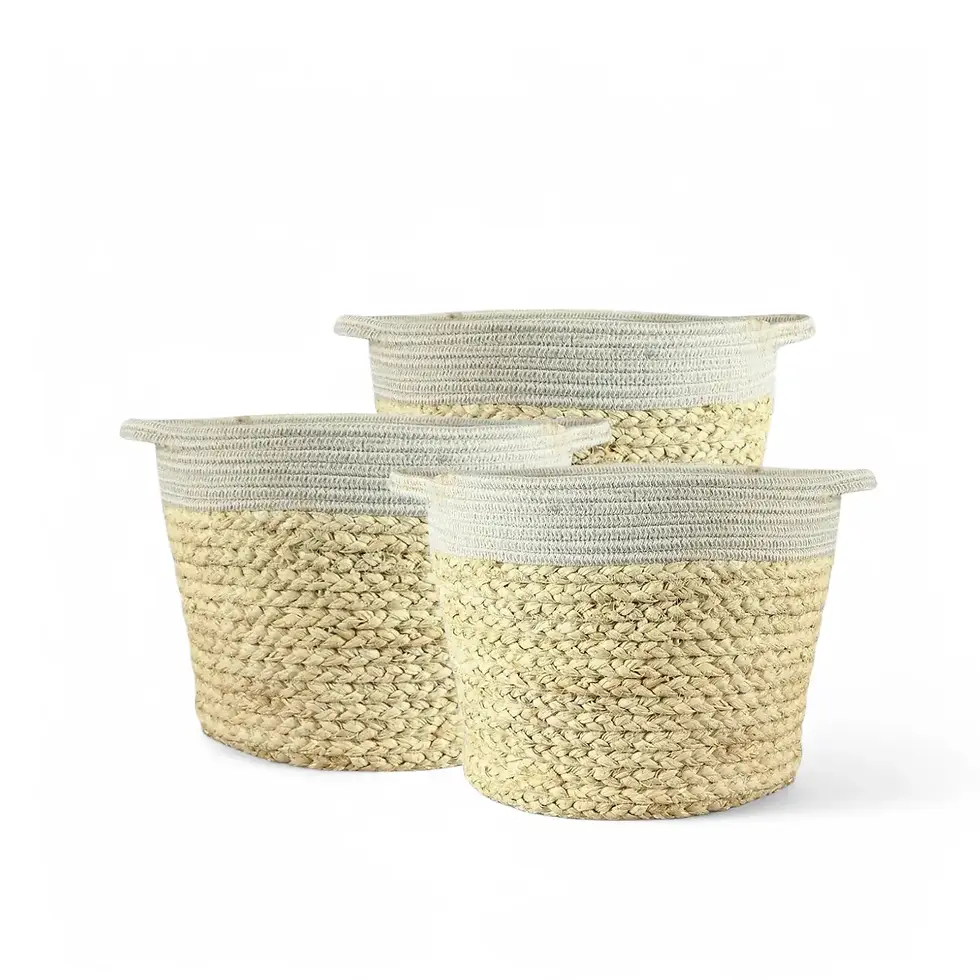Hoya crassipetiolata - Stunning Foliage and Care Guide
Hoya crassipetiolata is a rare and captivating houseplant species, known for its glossy leaves and enchanting flowers. Native to Vietnam, this stunning plant has become a favorite for indoor gardeners seeking something unique. Its thick, elongated foliage with subtle veins exudes a tropical charm. When cared for properly, this Hoya rewards its grower with clusters of fragrant, star-shaped flowers, making it an unforgettable addition to your indoor space.
Distinctive Traits of Hoya crassipetiolata
- Luxurious Foliage: Thick, glossy, dark green leaves with subtle veins add texture to any interior.
- Tropical Blooms: Star-shaped flowers with a delightful fragrance enhance indoor spaces.
- Adaptable Growth: Suitable for both hanging baskets and climbing displays with proper support.
- Low Maintenance: A resilient and undemanding plant for easy indoor care.
Natural Habitat and Growth Habits of Hoya crassipetiolata
Hoya crassipetiolata originates from Vietnam’s tropical forests, where it thrives in warm, humid environments under the dappled shade of tall trees. In its native habitat, temperatures range between 18-30°C with consistent rainfall and high humidity.
- Growth Form: Trailing or climbing, adaptable to your space.
- Development Rate: Moderate, with steady growth under optimal conditions.
- Fragrant Flowers: Produces sweetly scented blooms, adding sensory appeal.
- Toxicity: The plant’s sap or leaves may cause mild irritation if ingested. Keep it out of reach of pets and children.
Essential Care Tips for Hoya crassipetiolata
Follow these care instructions to ensure your Hoya crassipetiolata thrives:
- Light: Prefers bright, indirect light. Avoid intense direct sunlight, which can scorch leaves.
- Watering: Water when the top 2-3 cm of soil is dry. Avoid overwatering to prevent root rot.
- Humidity: Maintain moderate to high humidity (60% or more). Use a humidifier if needed.
- Temperature: Thrives between 18-30°C. Protect from cold drafts and sudden temperature fluctuations.
- Soil: Requires a well-draining, airy mix, such as one containing orchid bark, perlite, and coco coir.
- Repotting: Repot every 2-3 years or when roots outgrow the pot. Use a container with drainage holes.
- Fertilization: Apply a balanced liquid fertilizer diluted to half strength every 4-6 weeks during the active growth period.
- Propagation: Easily propagated using stem cuttings with at least two nodes. Root in water or directly in soil.
- Hydroponics: Adapts well to semi-hydroponic setups with LECA or full hydroponic cultivation.
- Pruning: Remove leggy or dead growth to maintain a neat, compact shape.
- Flowering Care: Once buds appear, avoid moving the plant to ensure blooms develop fully.
Common Issues with Hoya crassipetiolata and How to Resolve Them
While generally low-maintenance, Hoya crassipetiolata can encounter a few challenges:
- Yellowing Leaves: Often due to overwatering. Let the soil dry slightly before watering again.
- Drooping Foliage: Usually caused by underwatering or low humidity. Adjust watering and humidity levels.
- Pest Infestations: Susceptible to spider mites, mealybugs, and aphids. Treat with neem oil or insecticidal soap.
- Root Rot: Prevent by using well-draining soil and ensuring proper drainage in pots.
- Brown Leaf Tips: May indicate low humidity or excessive fertilization. Adjust care accordingly.
- Lack of Blooms: Ensure bright, indirect light, consistent feeding, and avoid moving the plant when budding.
Additional Insights for Optimal Growth of Hoya crassipetiolata
- Rotate Hoya crassipetiolata regularly to encourage even growth.
- Provide climbing support, such as a trellis or moss pole, to mimic its natural growth habit.
- Avoid temperatures below 15°C, as cold exposure may cause stress.
- Wipe leaves occasionally with a damp cloth to remove dust and promote healthy photosynthesis.
Where Hoya crassipetiolata Gets Its Name
The species name "crassipetiolata" refers to its thick petioles, a defining feature. Officially described in 2017 by Aver., V.T. Pham, and T.A. Le in Turczaninowia, this plant’s recent classification and exotic origins make it highly desirable among collectors and plant enthusiasts.
Frequently Asked Questions about Hoya crassipetiolata
- How often should I water my Hoya crassipetiolata?
Water when the top 2-3 cm of soil feels dry to the touch. Avoid overwatering.
- Why isn’t my Hoya blooming?
Insufficient light or nutrients may be the cause. Ensure bright, indirect light and regular feeding.
- Can Hoya crassipetiolata tolerate low humidity?
While it can survive in average humidity, levels above 60% promote optimal growth.
- Is Hoya crassipetiolata safe for pets?
Although not highly toxic, it’s best to keep this plant away from pets and children to prevent mild irritation if ingested.
Order Hoya crassipetiolata Today!
Enhance your indoor space with the elegance of Hoya crassipetiolata. Shop now to bring this exotic beauty home and enjoy its captivating foliage and flowers!
Hoya crassipetiolata
Hoya crassipetiolata comes in following sizes:
XS – comes in a ⌀ 6 cm pot and is ca 10 to 15 cm tall.
M – comes in a ⌀ 12 cm pot and is approximately 25 cm tall
























































